Feature Analysis: Real-Time Aging in Fable II
The Concept of Aging in Video Games
In the realm of video games, the concept of aging is not merely a gimmick but a profound mechanism to imbue narratives with depth and realism. Fable II, developed by Lionhead Studios, stands out as a pioneering title that integrates the process of aging into its core gameplay and storytelling. This unique feature distinguishes it from its contemporaries, offering players a more immersive and emotionally rich experience.
The introduction of aging in Fable II is not solely for aesthetic purposes; it influences several aspects of the game, from character development to player decisions. As players navigate the world of Albion, they witness not only their character's physical transformation but also the evolvement of their abilities and relationships with other characters.
A Closer Look at Real-Time Aging
Real-time aging in Fable II is ingeniously implemented, seamlessly integrating with the game's progression system. Unlike games where character aging is tied to specific story events or achievements, Fable II's age progression mirrors the passage of time in the real world to some extent. This reflects on both the appearance and prowess of the player's character, subtly hinting at the limited nature of time and the consequences of one's actions.
As players spend hours in the game, completing quests, building relationships, and making pivotal decisions, they see their character gradually age. This process not only adds depth to the gameplay but also serves as a constant reminder of the journey the player has undertaken, making every decision and action more meaningful.
Impact on Gameplay Experience
The aging mechanism in Fable II deeply influences the gameplay experience, offering a blend of immersion and thought-provoking elements. It encourages players to ponder the transient nature of life and the permanence of their choices within the game's world. This aspect of aging adds an extra layer of strategy and foresight; players must consider the long-term effects of their actions, knowing that their avatar's physical state and abilities will change over time.
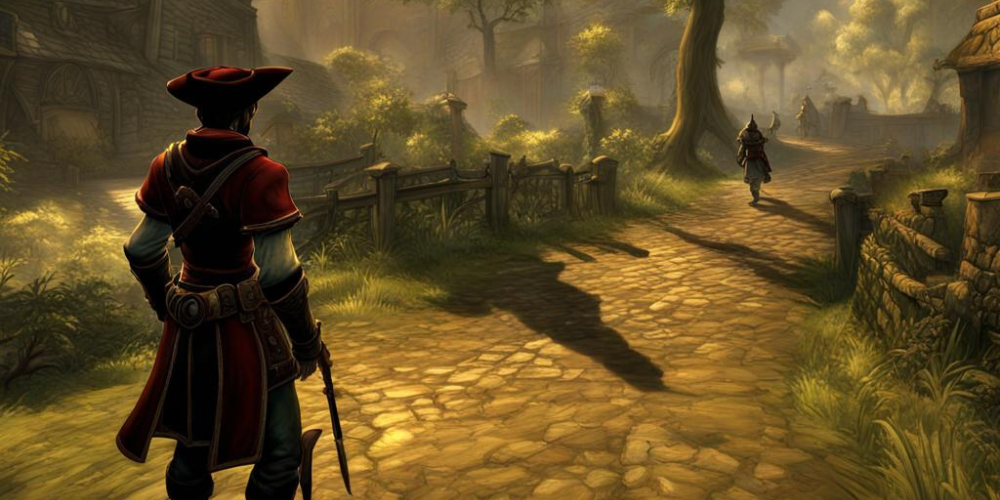
Moreover, the concept of aging affects how players interact with the world around them. As the characters age, they gain respect and recognition from other characters, which can impact dialogues, quests, and even the outcomes of certain story arcs. This dynamic element fosters a deeper connection between the player and the virtual world of Albion.
Storytelling and Character Development
The aging feature in Fable II greatly enriches storytelling and character development. It allows for a more dynamic narrative, where the protagonist's life stages reflect the passage of time and the culmination of their journey. This temporal dimension adds gravity to the story, making the protagonist's achievements and failures more poignant.
Character development is also significantly influenced by aging. As the player's avatar grows older, their experiences and the wisdom they gain from them are visibly reflected, contributing to a more authentic and evolving character arc. This element of growth and change enables players to form a stronger emotional bond with their character.
Challenges and Limitations
While the integration of real-time aging in Fable II offers numerous benefits, it also presents certain challenges and limitations. One potential drawback is the dissonance it may create for players who wish to explore the world extensively without their character showing significant signs of aging. This can occasionally break immersion for those who prefer their heroes to remain ageless.
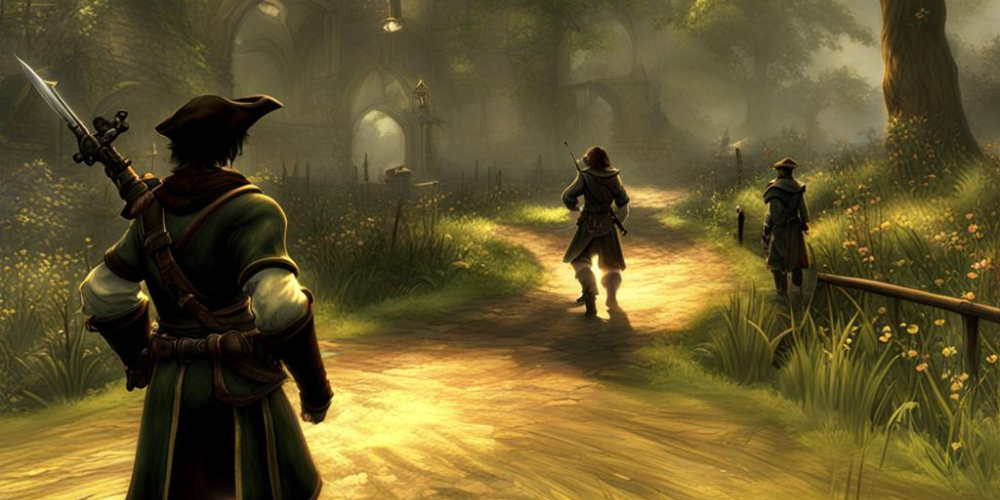
Additionally, balancing the rate of aging with gameplay progression can be tricky. Developers must ensure that the aging process feels natural and does not hinder the player's experience with premature aging, which could affect gameplay mechanics and the overall enjoyment of the game.
Emotional Impact on Players
The aging feature of Fable II also extends its influence to the emotional realm, significantly impacting how players perceive their journey. Witnessing the protagonist's life unfold from youth to elder stages can evoke a profound sense of nostalgia and attachment. This emotional connection enriches the gaming experience, making every achievement and setback within the game's narrative feel deeply personal.
Furthermore, the inevitability of aging adds a layer of urgency and gravitas to the gameplay. Players become more invested in their character's story, knowing that the time they have to achieve their goals is visually diminishing. This can lead to a more engaging and emotionally charged gaming experience.
Interactions with Other Game Mechanics
Real-time aging in Fable II is not an isolated feature but is intricately interconnected with other game mechanics. For instance, the character's physical appearance and abilities influenced by aging can affect combat efficiency, interaction with other characters, and even certain storyline outcomes. This holistic integration ensures that the aging process feels like a natural and integral part of the game's world.
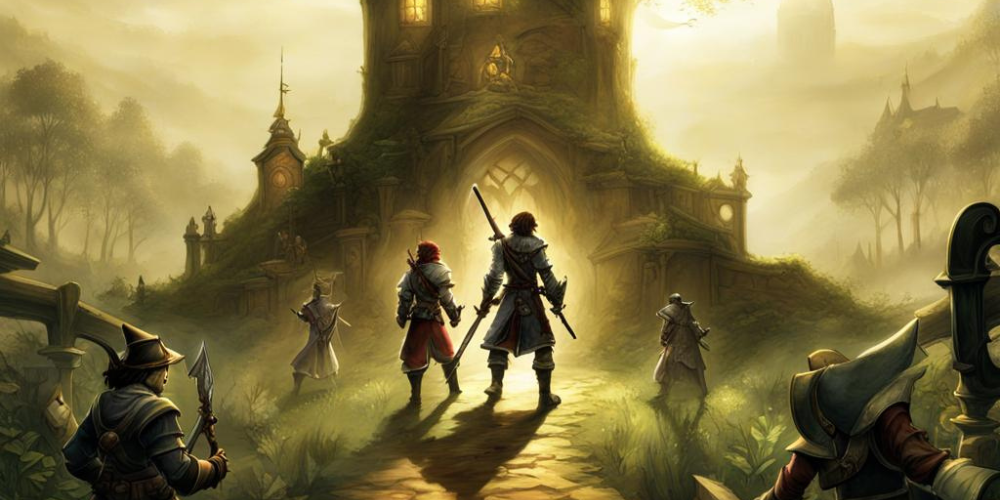
Moreover, the feature impacts the economy and social dynamics within the game. Older characters might find different opportunities or challenges in their interactions with NPCs, reflecting how age can influence perception and relationships in real life. This adds a layer of realism and complexity to the game's social structure.
Player Decisions and Moral Choices
The aging process in Fable II is closely tied to the player's decisions and moral choices throughout the game. Actions that align with heroism or villainy not only affect the character's moral alignment but can also influence how quickly they age. This direct correlation between the player's choices and the aging process adds weight to every decision, reinforcing the theme that actions have long-lasting consequences.
Additionally, the visual representation of aging serves as a constant reminder of the passage of time and the impermanence of life. This can lead players to reflect on their actions and decisions more critically, fostering a more immersive and reflective gaming experience.
Customization and Control
Despite the predetermined aspect of aging in Fable II, the game offers avenues for players to have some level of control over their character's aging process. Through specific potions or magical items, players can either accelerate or decelerate aging, giving them a semblance of customization and control. This allows for a personalized gameplay experience, making the feature more palatable to a wider range of players.
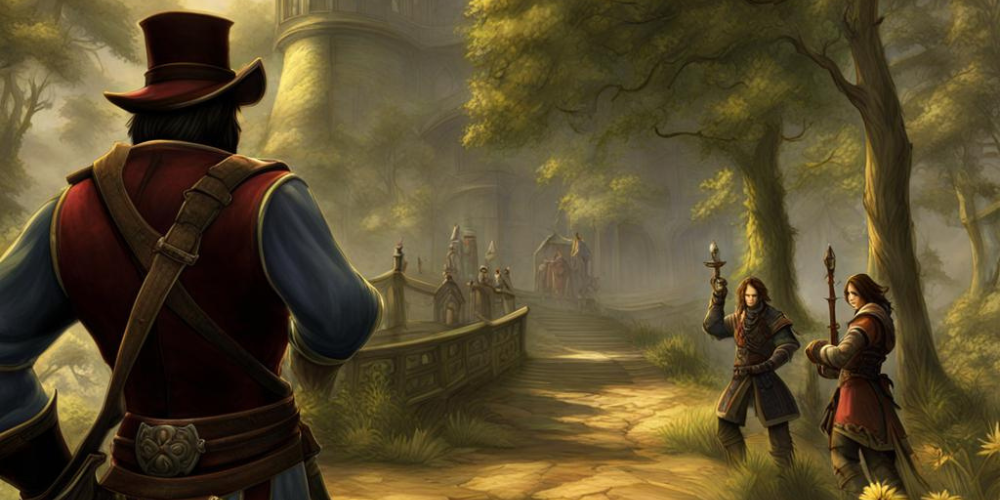
Such customization options not only enhance player agency but also invite experimentation within the game's mechanics. They enable players to explore different facets of the aging feature, further enriching their engagement with the game.
The Legacy of Fable II's Aging Mechanism
The mechanic of real-time aging introduced by Fable II has profoundly influenced the gaming world, motivating creators to investigate analogous systems that enrich video games with depth and authenticity. Its innovative approach to integrating aging with gameplay and narrative has been lauded for its originality and influence on player experience.
This legacy is a testament to the power of creative game design in creating immersive and emotionally engaging experiences. The aging feature of Fable II will be remembered as a pioneering step towards more dynamic and lifelike virtual worlds.
Comparison with Other Titles
While Fable II is notable for its distinct approach to real-time aging, other video games have delved into themes of time and character progression as well. Games like The Elder Scrolls franchise and The Witcher 3 embed mechanics that mirror how time influences the world and those within it, though in subtler and less instantly discernible ways than the aging mechanism in Fable II.
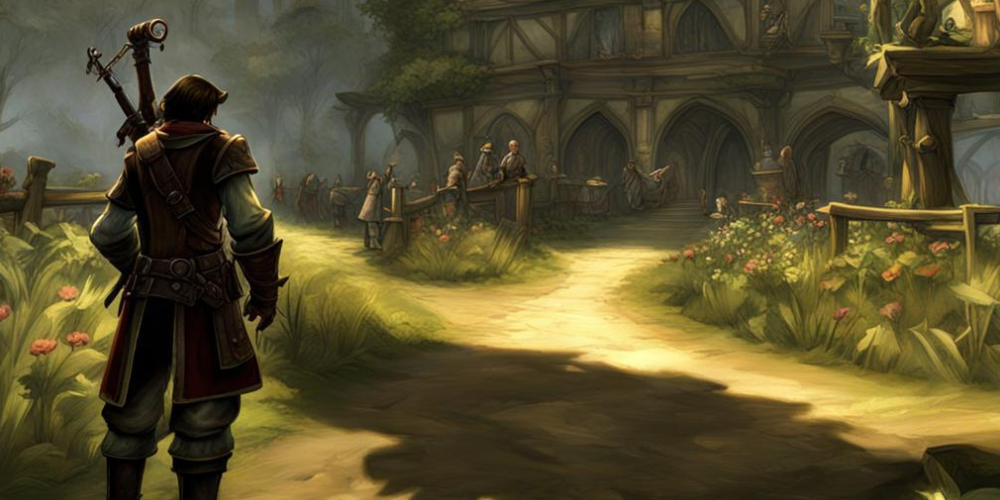
Comparing these approaches provides valuable insight into the diversity of game design and the various methods developers use to create a sense of progression and change. Each approach offers different benefits and challenges, contributing to the rich tapestry of video game narratives and mechanics.
Future Prospects of Aging in Games
The precedent set by Fable II invites speculation about the future of aging mechanisms in video games. As technology advances and developers become more ambitious, we may see more games incorporating real-time aging or similar features in innovative ways. These mechanics have the potential to deepen narrative engagement, character development, and player immersion in virtual worlds.
The exploration of aging in video games is still in its infancy, with vast potential for growth and refinement. Future titles that build upon the foundations laid by Fable II could offer even more compelling and nuanced portrayals of life, time, and the human condition through the interactive medium of video games.
Conclusion
Fable II’s real-time aging feature represents a landmark in video game design, offering a unique blend of gameplay depth, narrative richness, and emotional engagement. By intertwining the inevitability of aging with the player’s journey, Lionhead Studios crafted an unforgettable gaming experience that resonates with themes of life, legacy, and the passage of time.
As we look to the future, it's clear that the innovative spirit of Fable II has paved the way for new possibilities in game design. The exploration of aging and time in video games holds the promise of creating even more immersive and reflective experiences for players around the world.

Comments 0
Leave a reply
Tell us what do you think about this review. Your email address will not be published.
Your comment is awaiting moderation. We save your draft here